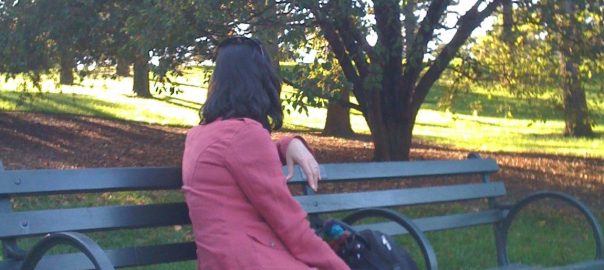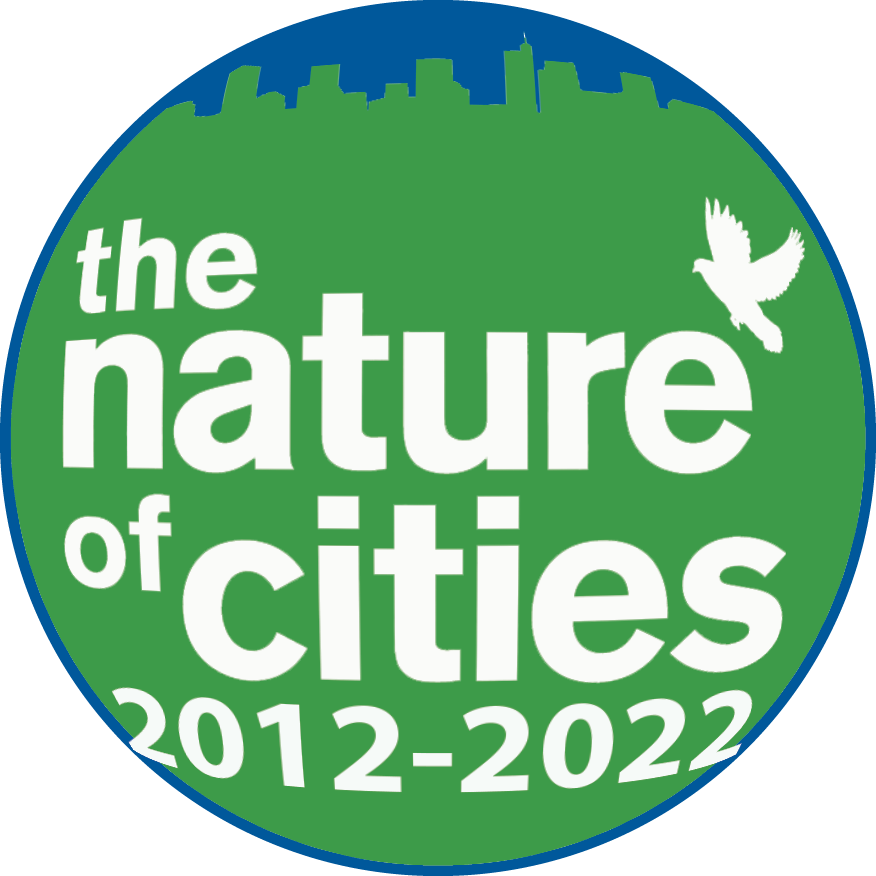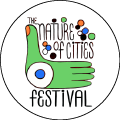6 June 2016
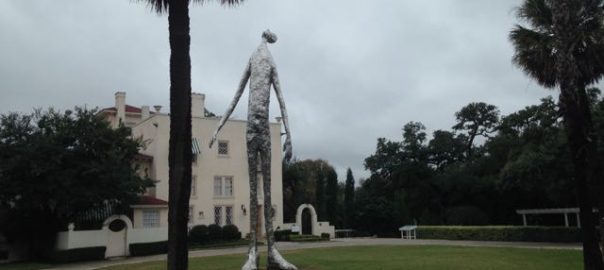
A review of Designed for the Future: 80 Practical Ideas for a Sustainable World, Edited by Jared Green. 2015. ISBN: 161689300. Princeton Architectural Press. 176 pages. Buy the book. In the last several years our culture has taken a dystopian turn. Movies broadcasting bleak futures, such as The Hunger Games series...
0 Comment(s)Join our Conversation
5 June 2016
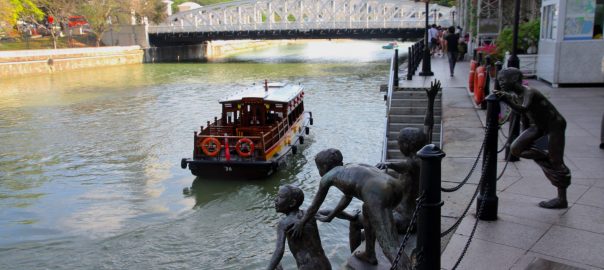
In October 2012, Hurricane Sandy slammed into the New York and New Jersey shoreline, with winds of 145 kilometers per hour and a storm surge 4.3 meters above mean low water. The superstorm flooded the city’s subways, destroyed thousands of homes, washed away beaches and boardwalks, and caused at least...
0 Comment(s)Join our Conversation
2 June 2016
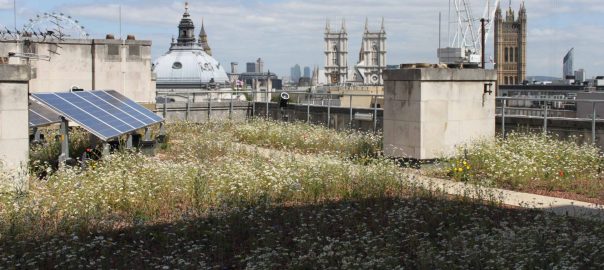
From the very beginning, with the first urban settlements of Mesopotamia around 4500 BC, cities have required a clean water supply and some form of sanitation. As cities grew in size, the water supply tended to be sourced from further afield, with examples of aqueducts bringing clean water great distances...
0 Comment(s)Join our Conversation
31 May 2016
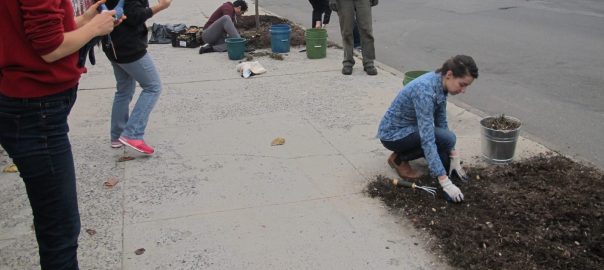
The tree made me see my neighbors differently. Since spring 2014, I have been making humble attempts to care for the street tree in front of my apartment building—described here. In becoming a steward, I began to perceive neighbors and passers-by as potential threats to the tree. Trash, dog poop,...
1 Comment(s)Join our Conversation
29 May 2016
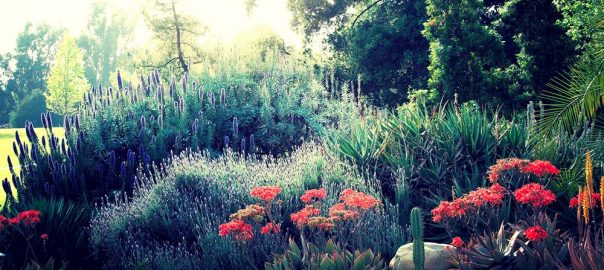
When you walk outside after a summer rainstorm, you know it when it hits you: that distinctly earthy, musty, yet crisp scent that flows with optimism and a desire to be in nature as you take a long, deep breath. It is the smell of rain, known as petrichor, and...
0 Comment(s)Join our Conversation
28 May 2016
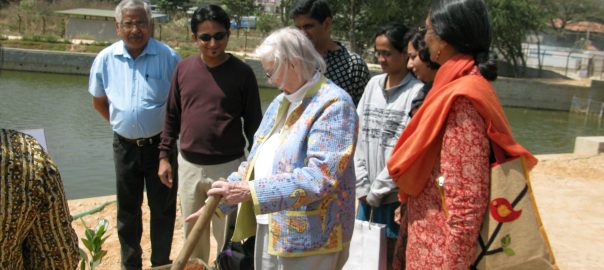
11 Comment(s)
Join our Conversation
26 May 2016

Different people perceive the same city or neighborhood in different ways. While one person may appreciate ecological and social aspects of a neighborhood, another may experience environmental and racialized injustice. A place may also conjure contradicting emotions—the warmth of community and home juxtaposed with the stress of dense urban living....
6 Comment(s)Join our Conversation
24 May 2016
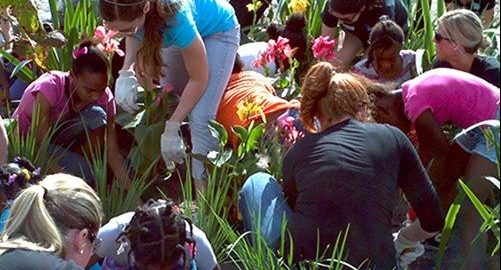
According to the United Nations’ sustainable development framework, there are three dimensions of sustainability: (1) economic sustainability (jobs, prosperity, and wealth creation for all); (2) social sustainability (reduced vulnerability to poverty, inequality, and insecurity); and (3) environmental sustainability (production and consumption patterns that respect planetary boundaries) [Note i]. On the...
3 Comment(s)Join our Conversation
23 May 2016
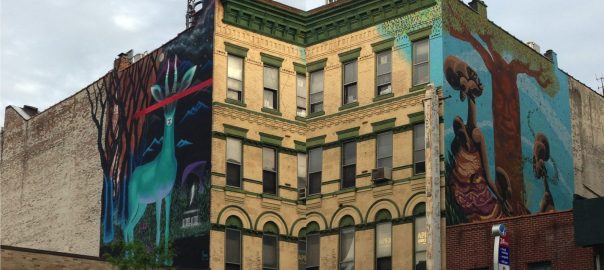
A review of Urban Nature: Poems About Wildlife in the City. 2000. Edited by Laure-Anne Bosselaar. Milkweed Editions, Minneapolis. ISBN: 1571314105. 265 pages. Buy the book. How can poems advance our understanding of nature in cities? If cities themselves are ecosystems of people, nature, and infrastructure, it follows that these...
4 Comment(s)Join our Conversation
22 May 2016
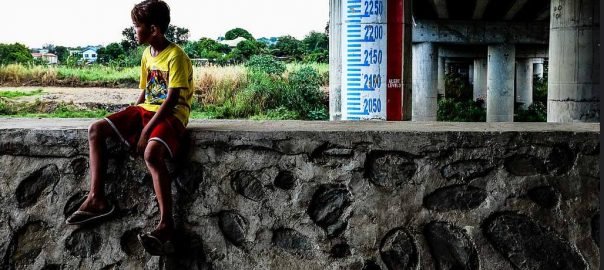
There is an advertisement that is played with great frequency on television in Dhaka, Bangladesh. Even without the language, the imagery is powerful and vivid; the meaning seems unambiguous. In the setting of a sparklingly clean, modern kitchen, a young pregnant woman goes to drink a glass of what appears...
0 Comment(s)Join our Conversation
19 May 2016
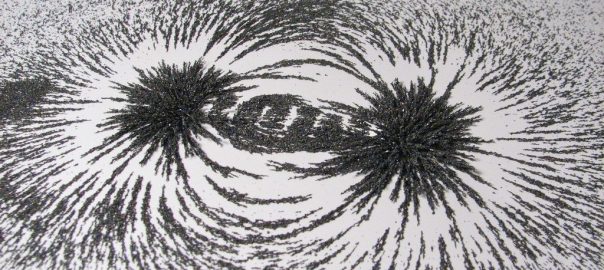
The other day, I took my two children to the park. We clambered over rocks and logs, slid down slides, and rolled down a large grassy hill. At one stage, I stood at the top of the hill, the city skyline before me, and the sounds of happy children all...
1 Comment(s)Join our Conversation
17 May 2016
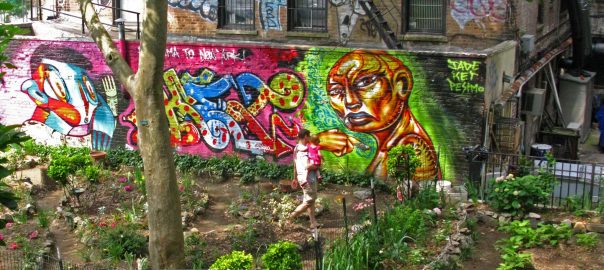
As our cities expand and densify simultaneously, there is a need to design places to connect people to nature. If we are not careful, our commute and daily experience within the city will be nothing more than glass, steel, and concrete. This post articulates the need for biophilic interventions in...
1 Comment(s)Join our Conversation
15 May 2016
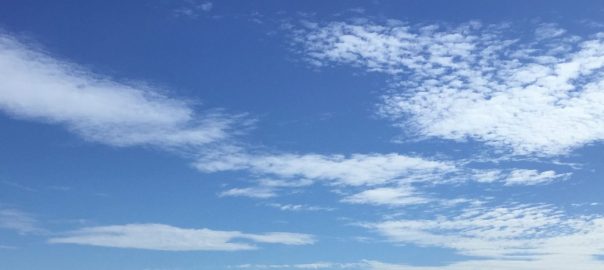
A recent post by an online design-oriented magazine devoted to things environmental declared that it had been a good week for the environment and proceeded to list a number of initiatives and new products that were almost exclusively to do with human technology. It struck me that the average tree...
11 Comment(s)Join our Conversation
12 May 2016
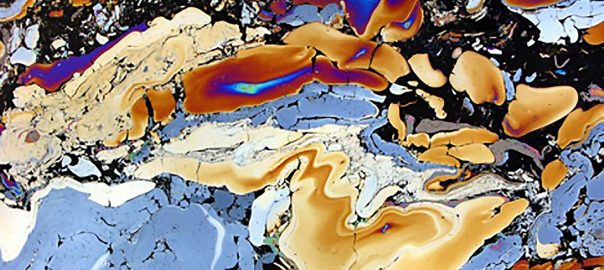
Also available at iTunes. Story notes: The Gowanus Canal in Brooklyn is well known throughout New York City as a nearly two-mile-long trench filled with sewage and chemicals left behind by years of neglectful pollution. Though the canal is slated for a multi-million dollar cleanup courtesy of the U.S Environmental Protection Agency...
0 Comment(s)Join our Conversation
12 May 2016
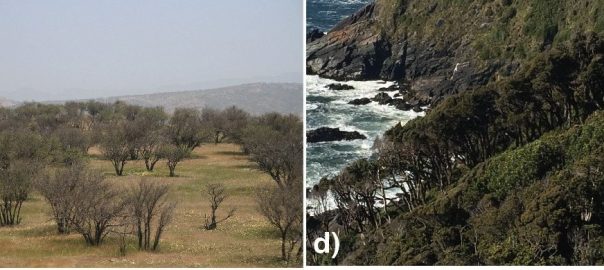
We live in the city of Valdivia, located in southern Chile (40° S), known in the country for its good quality of life, high biodiversity (particularly the Valdivian temperate rain forest) and a high annual rainfall (2m average). This last point always surprises and troubles visitors, especially those who come...
2 Comment(s)Join our Conversation
10 May 2016
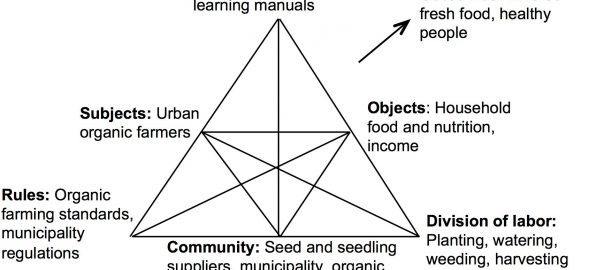
Community environmental education prioritizes community wellness, and uses learning in and about the environment as a means towards community wellness and healing. It draws from place-based, youth and community development, participatory, and resilience approaches in environmental education. Recognizing that community environmental education is an emerging field lacking a clear definition...
0 Comment(s)Join our Conversation
9 May 2016
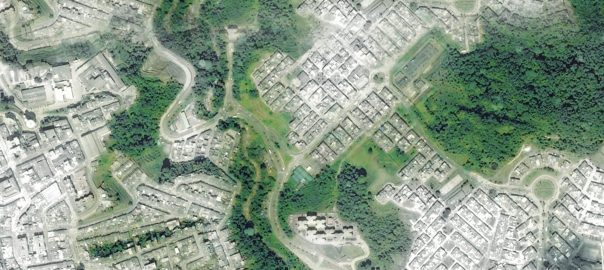
A review of Naturaleza Urbana. plataforma de experiencias, edited by María Angélica Mejía. 2016. ISBN 978-958-8889-69-6. Instituto de Investigación de Recursos Biológicos Alexander von Humboldt, Bogotá. 208 pages. The Spanish version of the book can be downloaded here. An English version will be available in September. In 2007, people living in towns...
5 Comment(s)Join our Conversation
8 May 2016
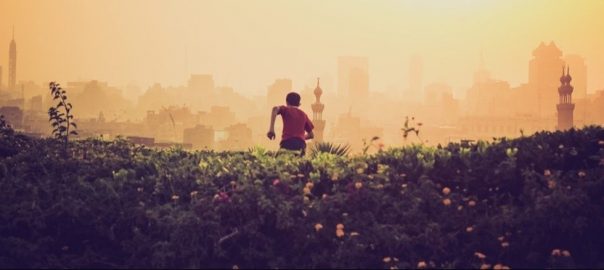
Predicting the future is impossible, but climate science is beginning to paint a concerning image of a future troubled by climate change. My last feature post outlined the challenges climate change poses to our cities and aging infrastructure, but climate change also endangers our health and well-being. Climate change does not just...
0 Comment(s)Join our Conversation
5 May 2016
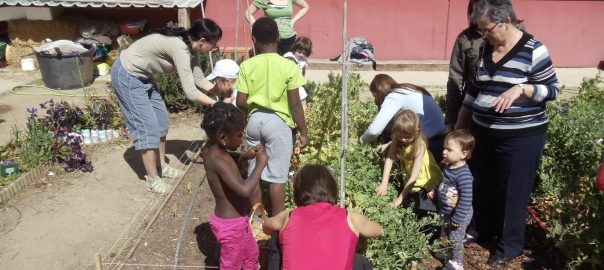
Urban schools—any public, private, or charter schools delivering formal primary or secondary education—are key institutions in the shaping of vibrant and sustainable cities. Imagining such cities depends on the assumptions and ideologies of those involved in the transformation of urban sites, and moving beyond perceiving urban schools as problematic institutions...
3 Comment(s)Join our Conversation
3 May 2016
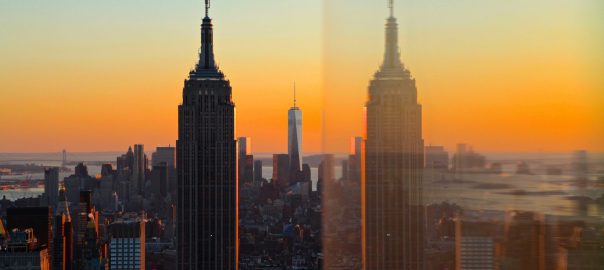
High of 96°F today, much like the past week. Five days of relentless heat, and the humidity makes the city feel like a sauna that you can’t escape. The air buzzes with the sound of hundreds of window air conditioners that can’t seem to banish the heat from the buildings...
1 Comment(s)Join our Conversation

